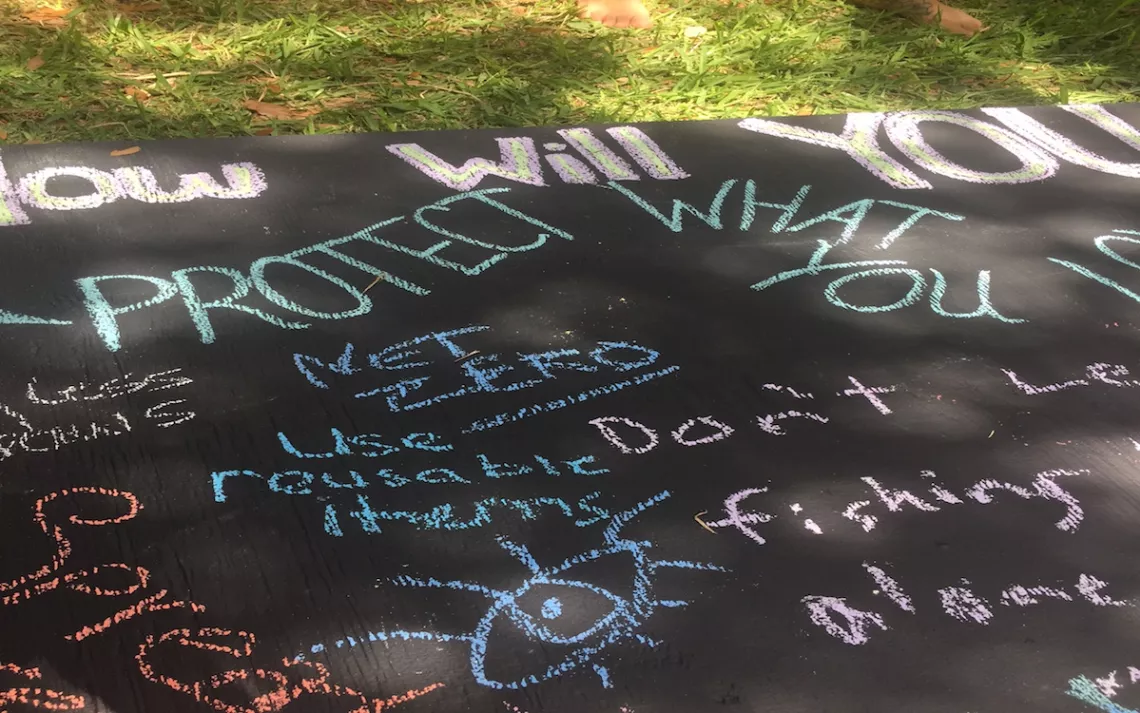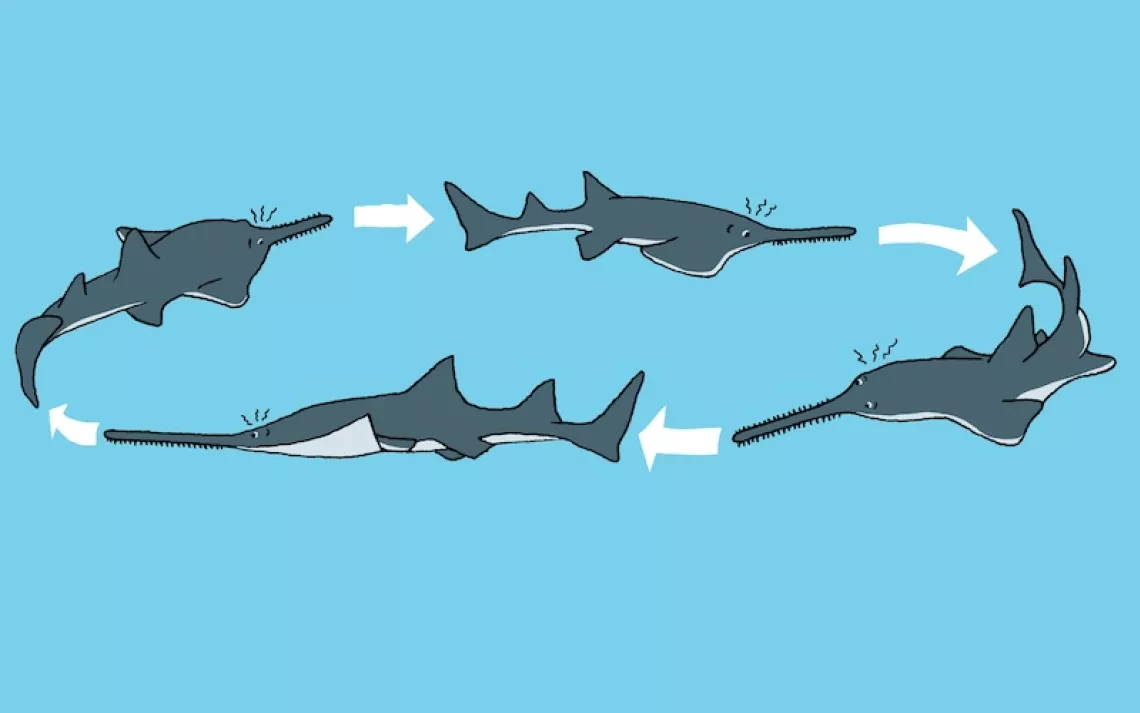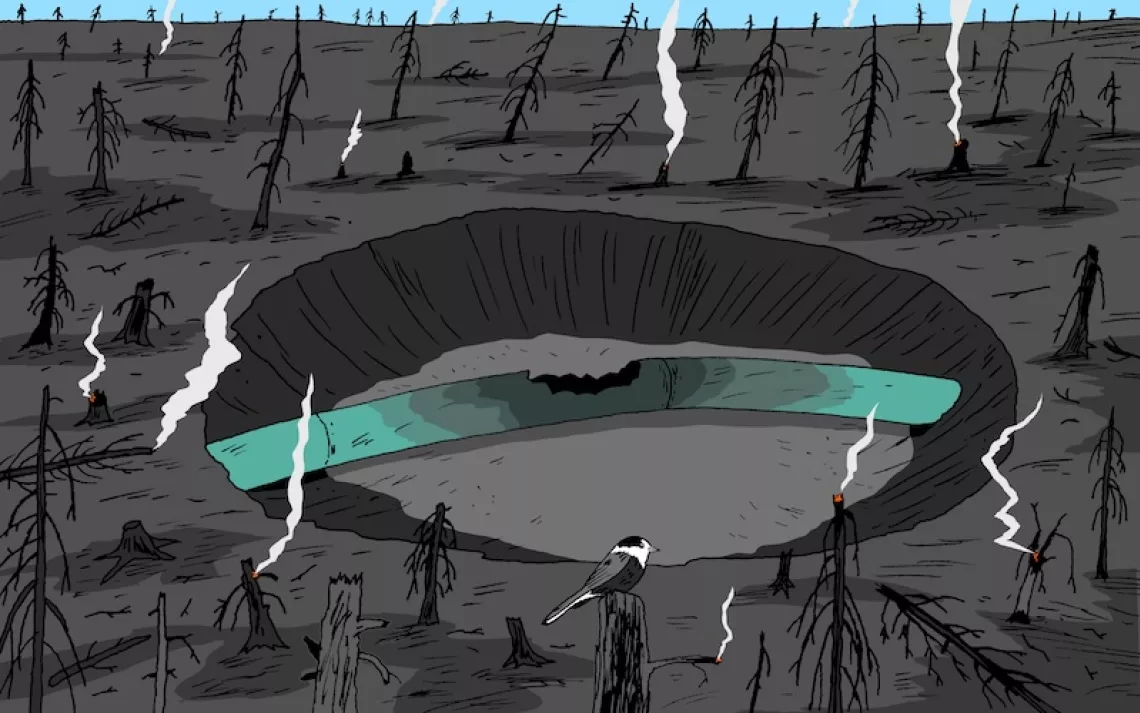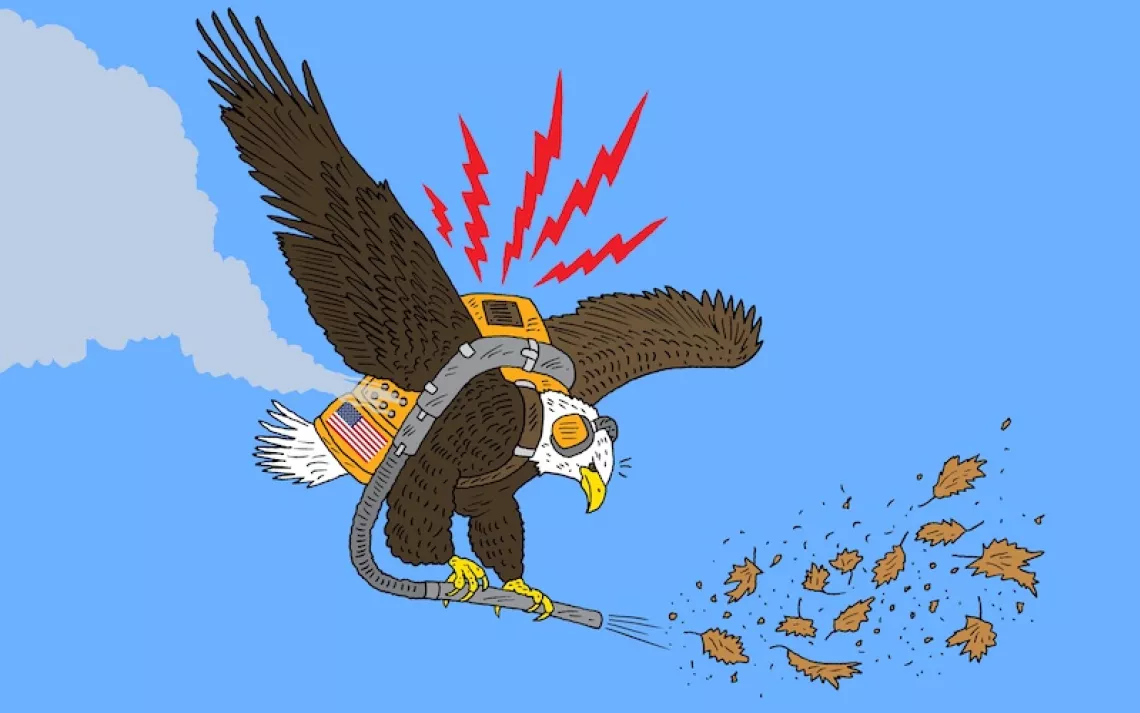St. Petersburg Gears Up to Take On Climate Change
Mayor Rick Kriseman talks about the push to net-zero

Earth Day in St. Petersburg, Florida, April 22, 2017 | Photo courtesy of Surfrider Suncoast Chapter
Rick Kriseman had always been interested in environmentalism and green living, even before he held public office. As a state representative from the district of St. Petersburg, Florida, he served as the ranking Democrat on the committee on energy and utilities, and on the environment and natural resources. “I learned a whole lot more about sustainability,” he says, “and about how to pursue a renewable energy portfolio standard for the state—even looking at the impacts of plastic bags in the gulf.”
When his house burned down in 2008 because of an electrical fire in the attic, he had an opportunity to bring what he learned about sustainable living, literally, back home. He and his wife rebuilt their house so that it was LEED-certified. That got him thinking about other ways people can do their part to live sustainably.
Today, as mayor, he has helped put St. Petersburg at the vanguard of cities committing themselves to achieve 100 percent clean energy.
“When I got elected mayor of a city that’s surrounded by water, it was pretty obvious to me that we needed to do something to address the challenges that we are already starting to experience, and will continue to experience, from sea level rise and climate change,” he says.
Mayor Kriseman spoke with Sierra about how climate change is affecting local neighborhoods right now, what St. Petersburg is doing about it, and how the city is moving toward its net-zero energy goal.
*
What motivated you to commit the city to 100 percent clean energy?
Even before I got into politics, the well-being of our planet was always something I was passionate about. When I got onto city council, a couple of my colleagues and I who shared that passion started looking at what we can do as a city to have some kind of an impact on sustainability and the environment. That grew more as I transferred from city government to state government. I filed a bill in the house to place in our state constitution a ban on near-shore drilling. It unfortunately didn’t go anywhere.
I signed an executive order back in August 2015 that laid out our whole sustainability vision, and it includes achieving a net-zero energy goal. I’ve got kids, and I’m looking forward to being a grandfather at some point in my life. What kind of community are we going to be leaving for our children and their children? What kind of planet are we going to leave for them? If we all don’t step up and say, “It stops with us,” if our generation isn’t going to be the one to say, “Enough, we have to start taking action to address this instead of kicking the can down the road,” what we leave for them is going to be something that is not sustainable.
How is climate change impacting your city right now?
We’re already seeing sea level rise here. I hear people in the community talking about how out on their docks and on sea walls, the water level is higher, and consistently higher, than it used to be.
But the real big impact has been with the storms and rainfall that we’ve experienced. I’ve lived in St. Pete for 44 years, and in the last 18 months, we’ve had rain quantities and volume that have been higher than I’ve ever seen. The governor has declared three states of emergency. As an example, we had a 37-day period where we had 24 inches of rain. We normally get that in six months. The impact it’s had on our infrastructure has been significant. It completely overtaxed our sewer system, which was never designed to handle that volume of rainwater. We’re now having to invest substantial sums of money, $304 million over the next five years, into increasing the capacity of our treatment plants for our sewer system, into trying to prevent I/I [inflo and infiltration], into stormwater master planning. I don’t believe that these are anomalies. I have a feeling this is what we can expect going forward.
It’s often the most vulnerable communities that bear the impact of events linked to climate change, such as extreme flooding. How is the city addressing the ways in which low-income and low-lying communities are on the front lines?
We know that in one of our areas in South St. Pete, an area of our community that typically has the highest rates of poverty and the greatest educational challenges (although it’s gotten better in both of those respects), several neighborhoods have been victimized by extreme flooding from these rain events. Part of our master planning for our stormwater system is to target those areas in the city that are the most at risk and have been hit the hardest by heavy rainfall—to address those areas first. We also recognize that a lot of the homes that people have in those neighborhoods, or the apartments they’re renting, may not be as efficient, may not have the level of insulation—they certainly don’t have the more efficient windows and air-conditioning. Through our Rebates for Residential Rehabs program, we’re trying to incentivize and bring more investment into those communities.
Coastal flooding is one of the most immediate issues you’re dealing with. We’ve talked about stormwater master planning. What other solutions are there for a city like St. Petersburg?
We received some grant dollars within the last year and a half to elevate some homes, which is something that we know will need to happen with greater frequency. There are a lot of homes that are at greater risk, and one of the ways they can better deal with flooding events is to elevate them. Backflow prevention devices and pumps are also tools we’ve utilized to reduce the severity of flooding in both storm and non-storm events. Sometimes it’s something as simple as drainage canals and retention ponds, making sure they are not overgrown so that the water can move and doesn’t get backed up, and that there is a good maintenance program for cleaning them out. Those are the easy fixes.
It’s also about getting creative. For example, in an area of town that I live in, we have a park called Bear Creek Park, which was created to be a stormwater retention pond. When there aren’t rainwater events, it functions as a park: There’s a ball field on it. But when we have heavy storms, it helps prevent flooding of the neighborhood streets, because it’s a pretty significant-sized piece of land. That’s the kind of out-of-the-box creative thinking that we encourage.
The stormwater master plan is really going to give us a good roadmap. The city had not done an updated plan in 22 years, which is crazy. So we’re dealing with a lot of issues that hadn’t necessarily been addressed that my administration and city council are now making a priority.
How are you planning to achieve 100 percent clean energy for the city?
Whenever we do a new building now, and we’ve got some big projects we’re going to be constructing this year—a new police station, a new pier, even a skateboard park—we’re looking at those projects and thinking about what we can do to reduce emissions and make those projects more efficient, like installing solar and geothermal. These are just some of the things we’re starting to do to work toward that net-zero energy goal. Our ISAP, Integrated Sustainability Action Plan, is going to help guide us on what we need to do and how much it’s going to cost so we can design a road map that gets us there. That, and the master planning of our sewer infrastructure and stormwater infrastructure.
I’m excited by the fact that we’ve committed to viewing every project we do moving forward through the lens of the U.S. Green Building Council’s program. Any new and existing city-owned buildings over 10,000 square feet will have to be looked at through that lens. Even buildings below that square footage, we’ll be examining opportunities to either retrofit or if it’s new construction, design in efficiencies. To me, that’s incredibly exciting because it wasn’t a direction the city was going in before.
We’re also working to reduce emissions. We’ve acquired 50 aces of land that is now parkland and is preserved, so there won’t be any development on it that could potentially contribute emissions. We’re also looking at transportation. Mass transit in our state is pretty awful. So things like bringing in the ferry system to get people out of their cars and off the roads.
This work is coming at a time when Florida Governor Scott is allergic to even the words “climate change,” and we now have a federal administration trying to roll back policies designed to combat it. What is your response to those who claim that climate change is a hoax?
In St. Pete, we believe in science. Just this past weekend there was a march for science on the streets of St. Pete. That’s something we believe in, and we’re not afraid to say “climate change.”
How can cities like St. Petersburg take the lead on climate action when there’s a leadership void at the state and federal level?
It’s cities that are going to have to lead the way on innovation. It’s at the city level that we have the opportunity to make a real impact on our future. If we get state and federal dollars to help us, that would expedite our efforts. But we’re approaching it from the standpoint that we don’t have that help, and that we need to do it on our own. The good news for my community is that the supporters of climate policy vastly outnumber the naysayers. They still exist. At one neighborhood meeting, somebody yelled at me because I used the words “climate change,” and talked about how it impacted us over the last few years. But we’re going to keep pushing forward, because we believe in what we’re doing, and science supports us.
What about residents who support that cause? What other experiences as mayor demonstrate to you that people in your city are mobilized around a clean environment and climate action?
Last weekend, we had three different events that were all Earth-focused: the March for Science, Earth Day, and the Green Thumb Festival, which celebrates Arbor Day and the fact that St. Pete has received Tree City USA recognition. It was a huge weekend for us. At all three of those events there were thousands of people. Many went to multiple events, from one to the other. The Green Thumb Festival, which has grown every year, had one of the largest attendances I’ve ever seen. I’m proud of my city. People in this community are very passionate, and protective of the city and our environment.
 The Magazine of The Sierra Club
The Magazine of The Sierra Club







